The photographer capturing the happiness and heartbreak of Serbia’s industrial hinterland.
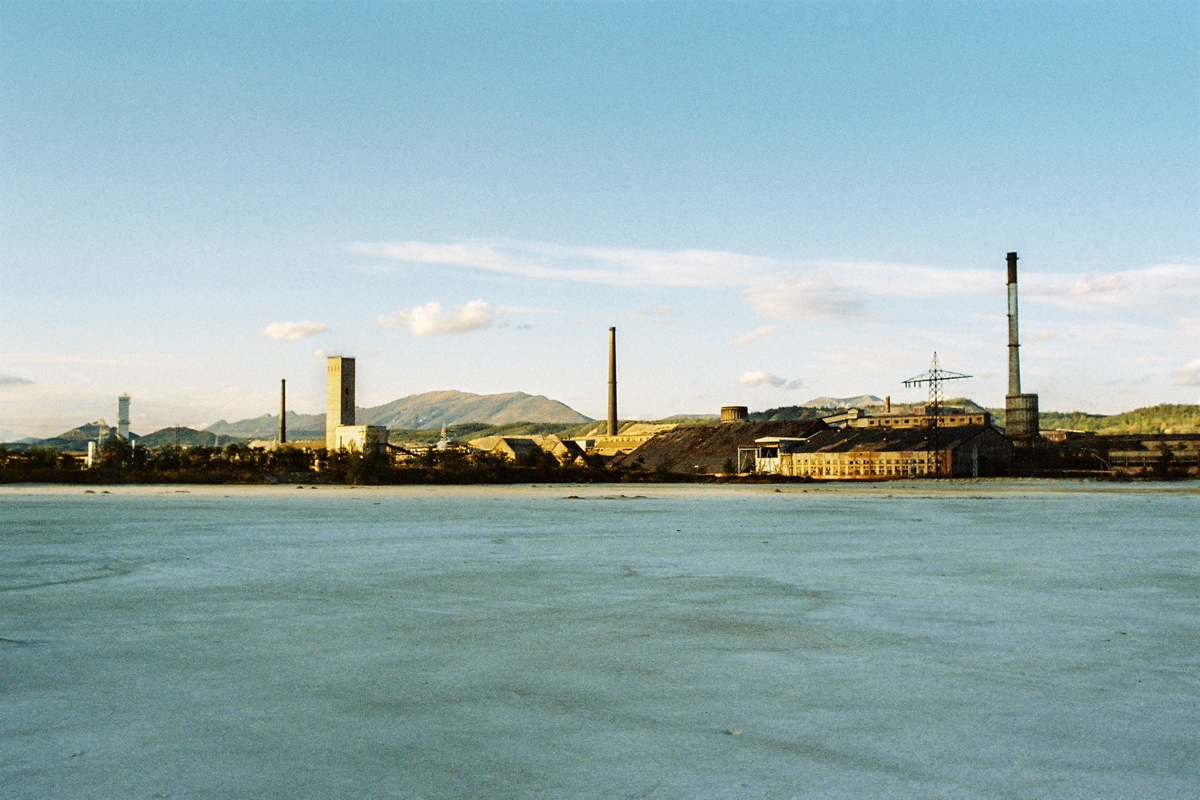
This is one of the copper processing plants in Bor, a town of some 48,000 people in eastern Serbia.

After Bor’s copper mine opened in 1904, Serbs, Roma, Romanians, and others moved in to fill jobs, making the town one of the area's most ethnically diverse.
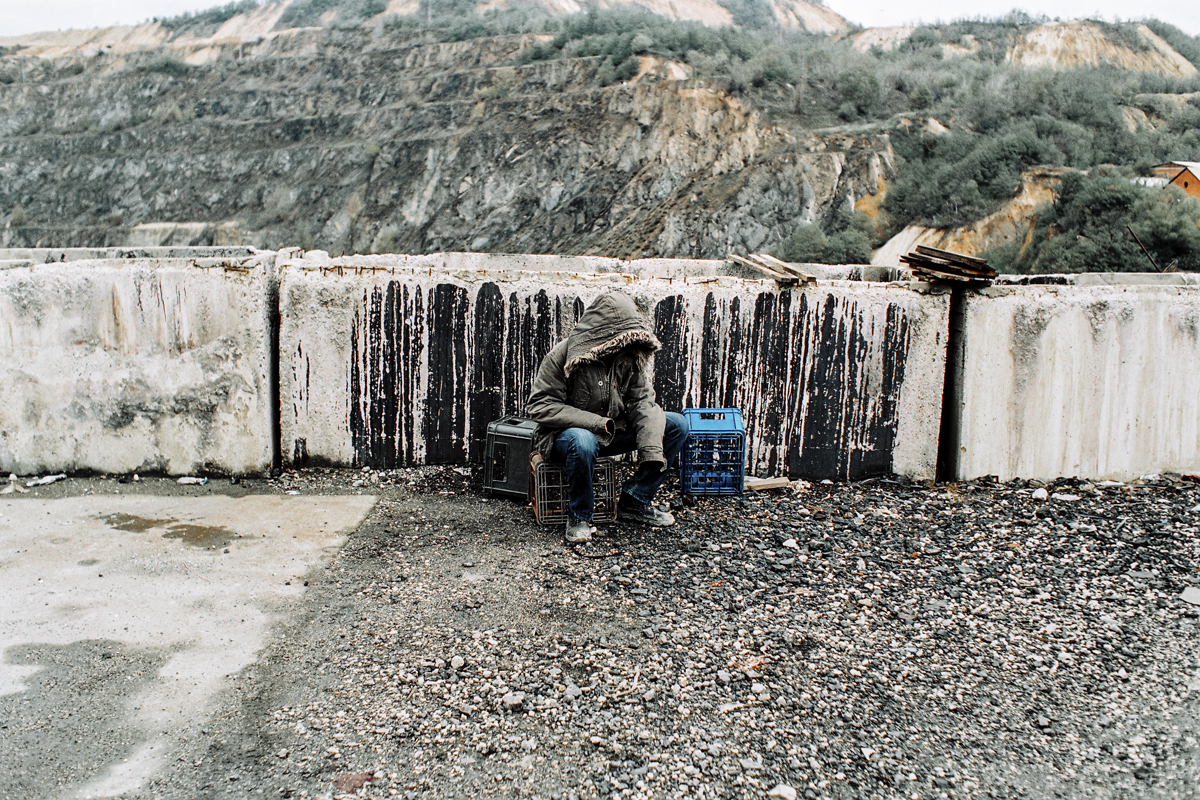
But after the breakup of Yugoslavia and the wars of the 1990s, the mine fell into debt and the population of Bor declined.
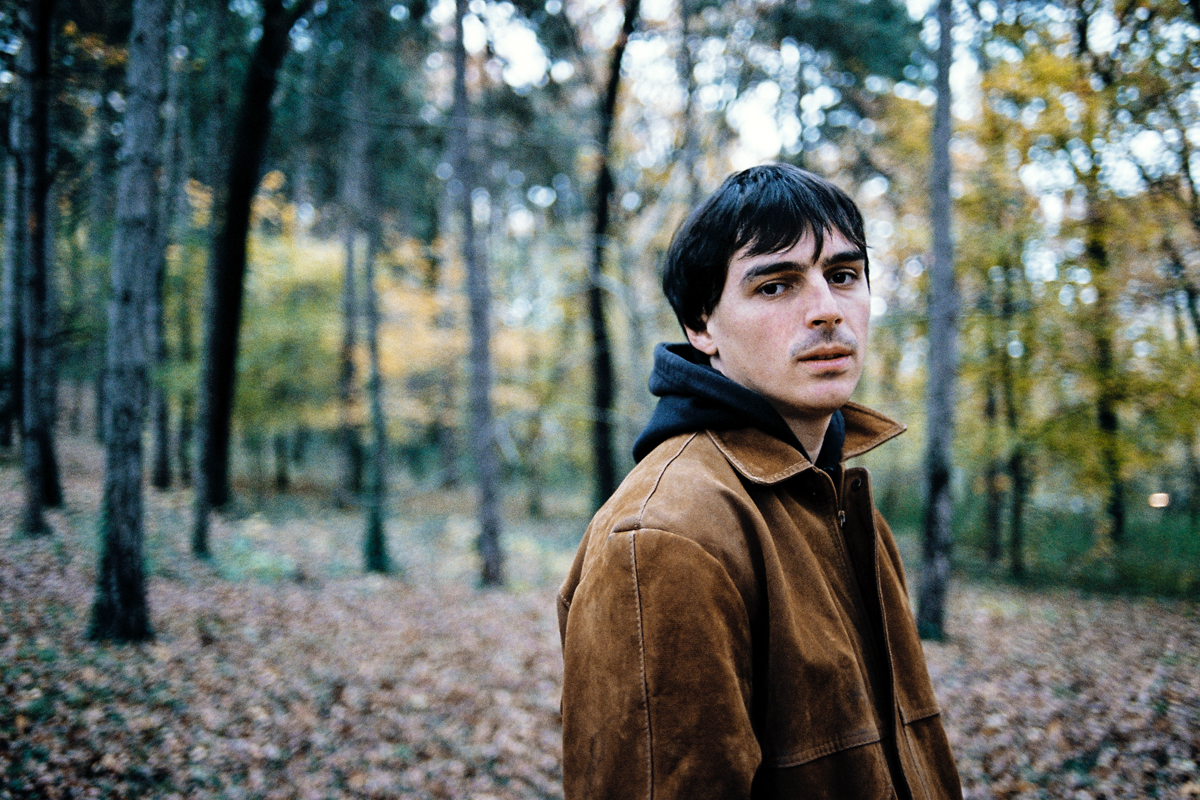
This was the world Stefan Djordjevic, 32, was born into. In 2011 he picked up a vintage camera and began to document a youth scene that is at once universal and uniquely Serbian.
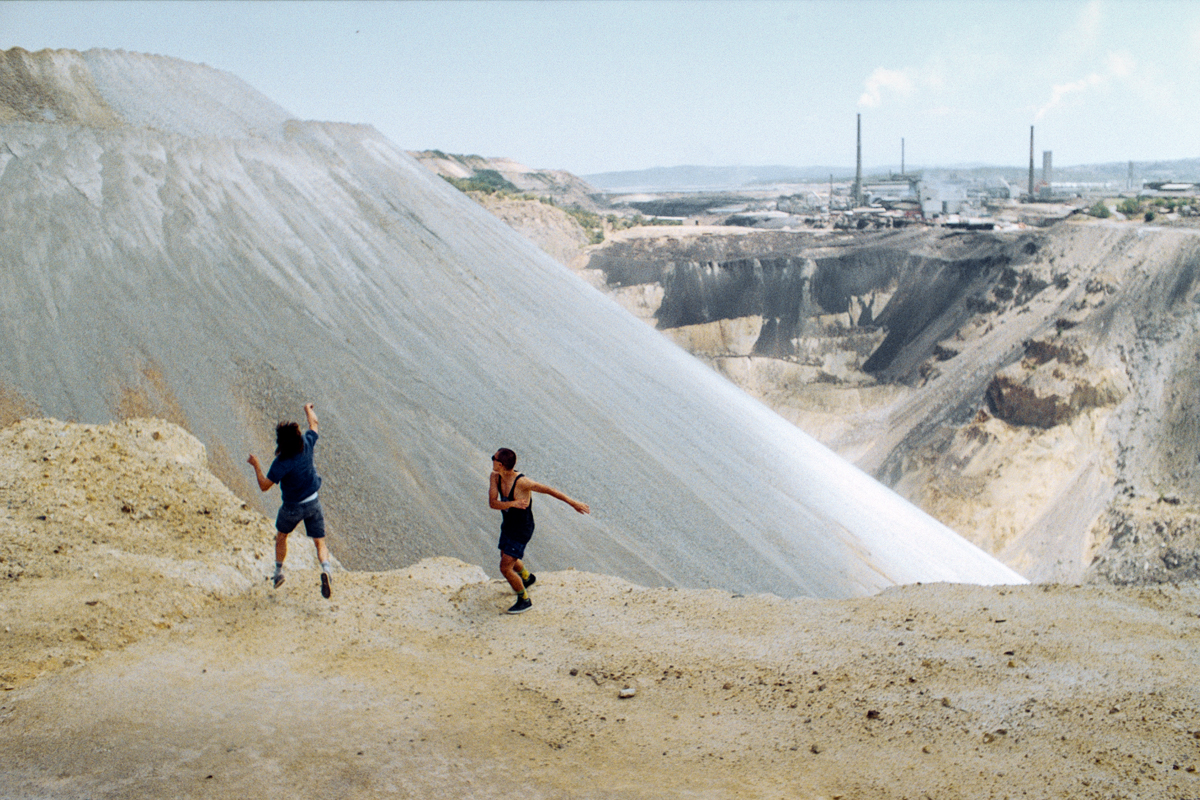
Djordjevic told RFE/RL that tight friendships were formed during childhood missions into the moonlike landscape created by Bor’s copper mine.
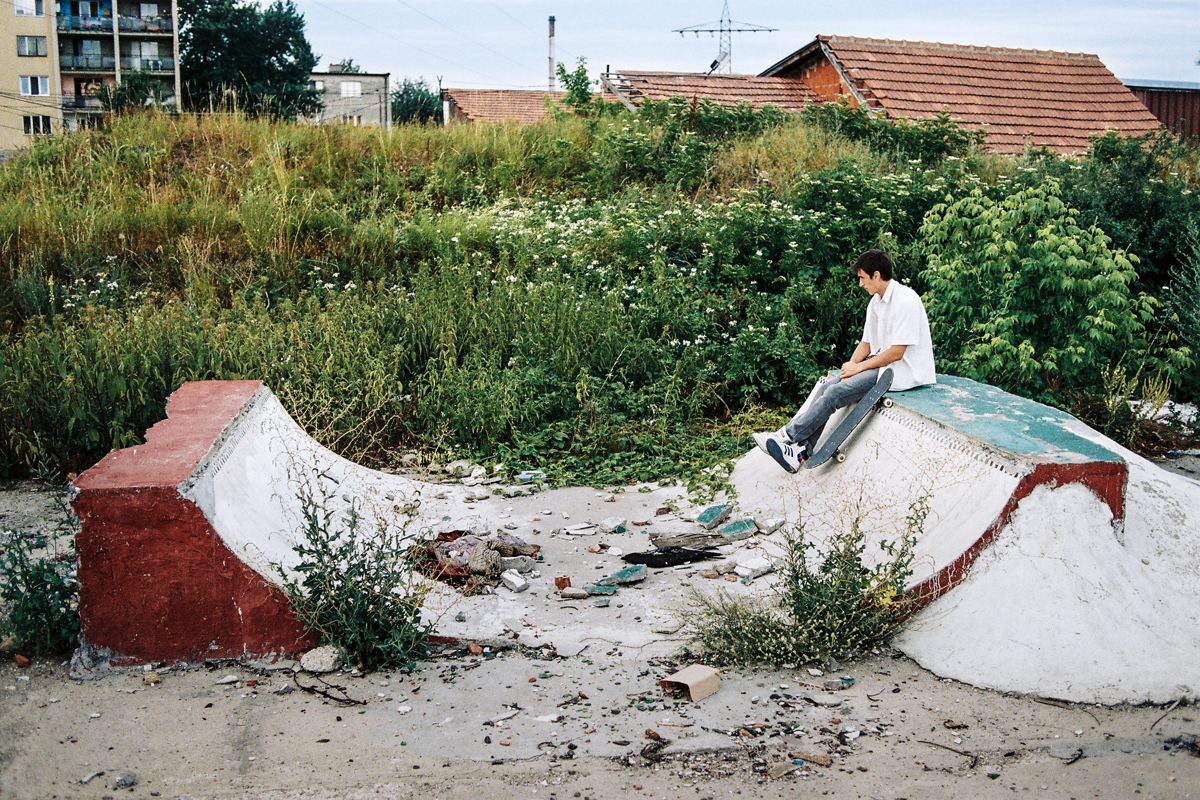
As Djordjevic and his friends grew older, they fell in love with skateboarding, doing their best to find lines through Bor’s broken concrete…
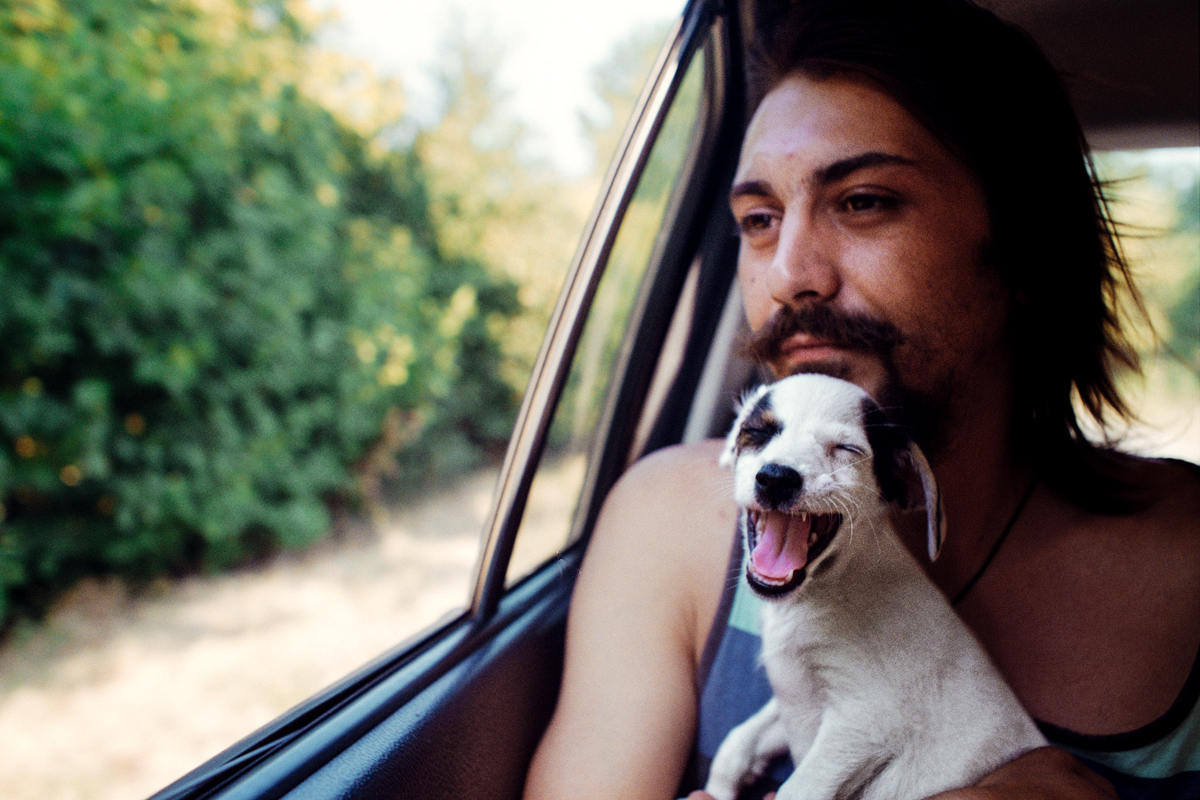
...and made a tradition of spring road trips into Serbia’s green spaces.
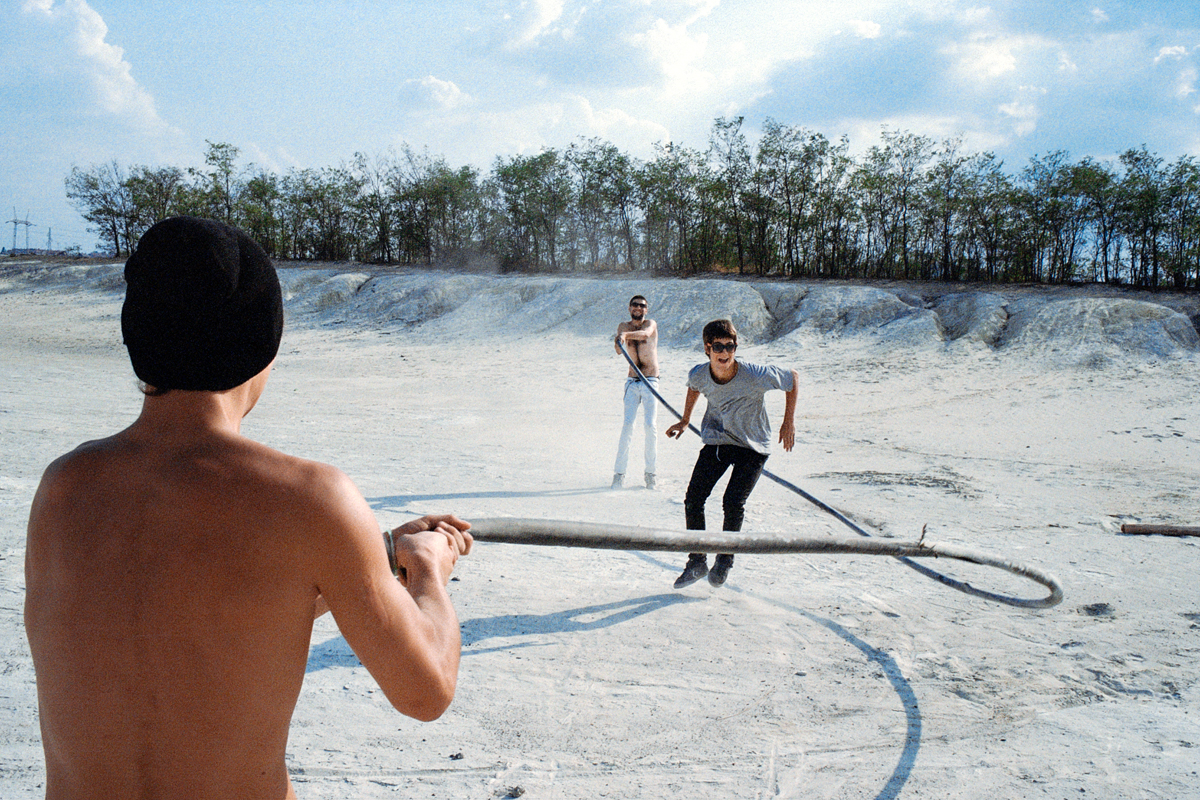
“I can’t imagine a better adolescence period than the one I had," Djordjevic told RFE/RL.
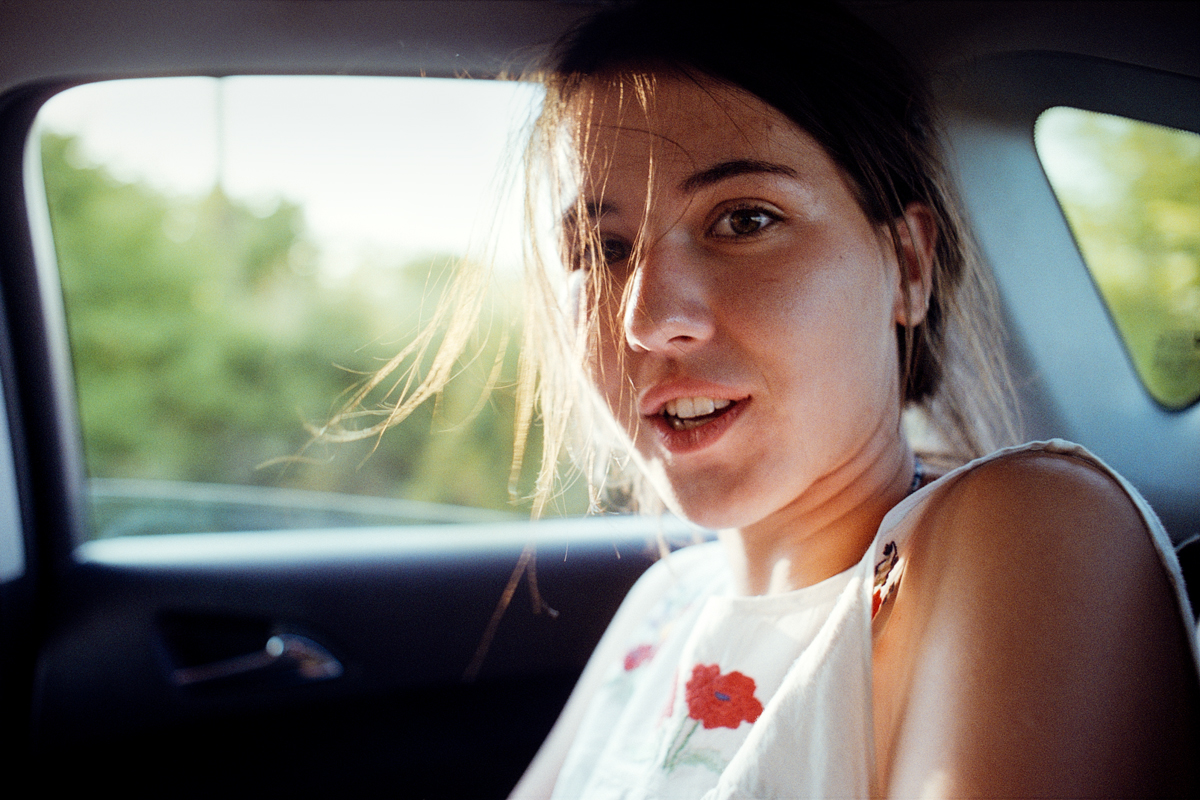
A friend in the golden light of a summer road trip.
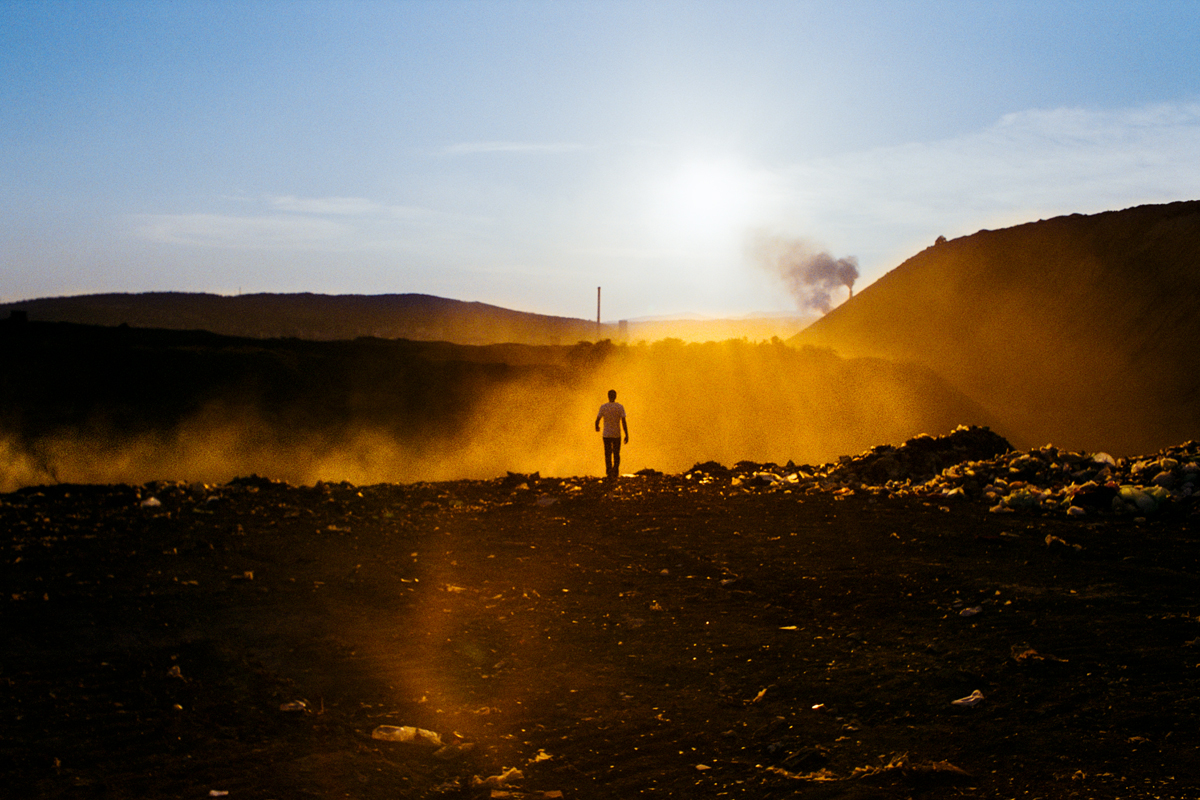
But away from the sunshine and camaraderie of his own circle of friends, Djordjevic was also able to explore the tragedy of youth in another working-class town.
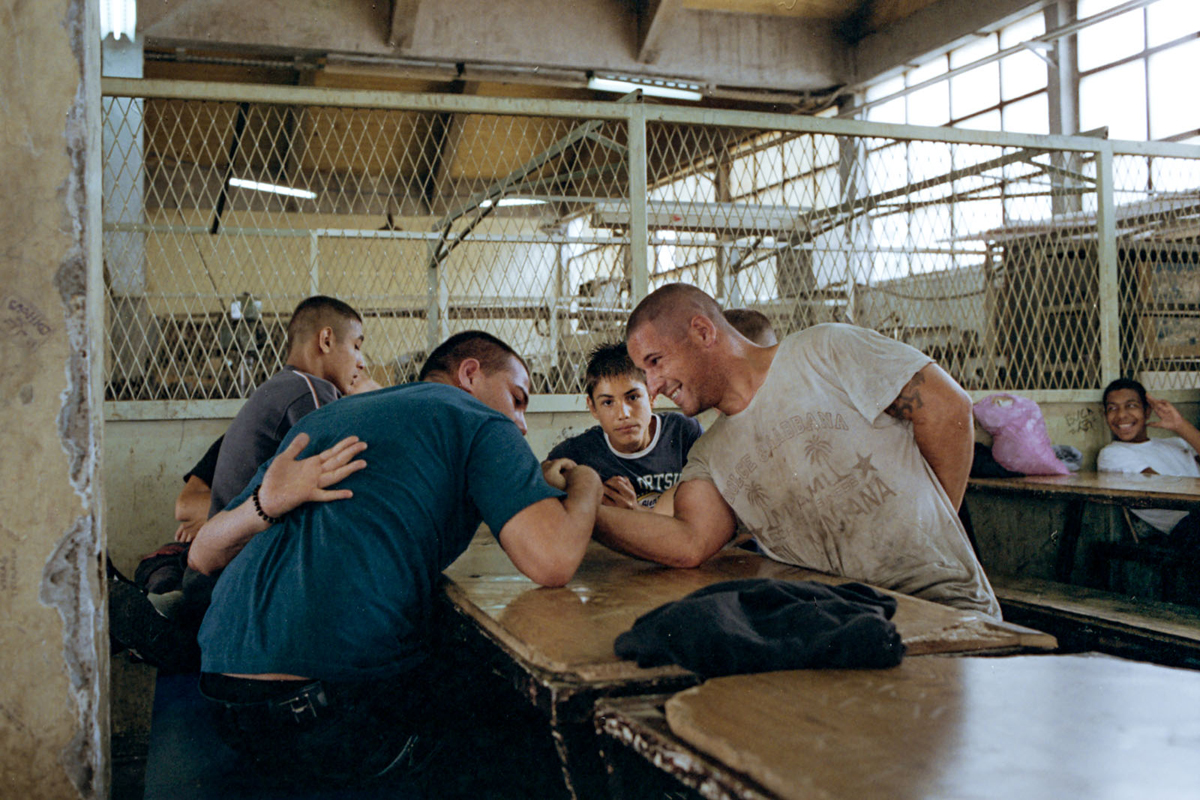
In 2014, he and filmmaker Jovan Todorovic were allowed access to a youth detention center in Krusevac, around 100 kilometers from Bor.
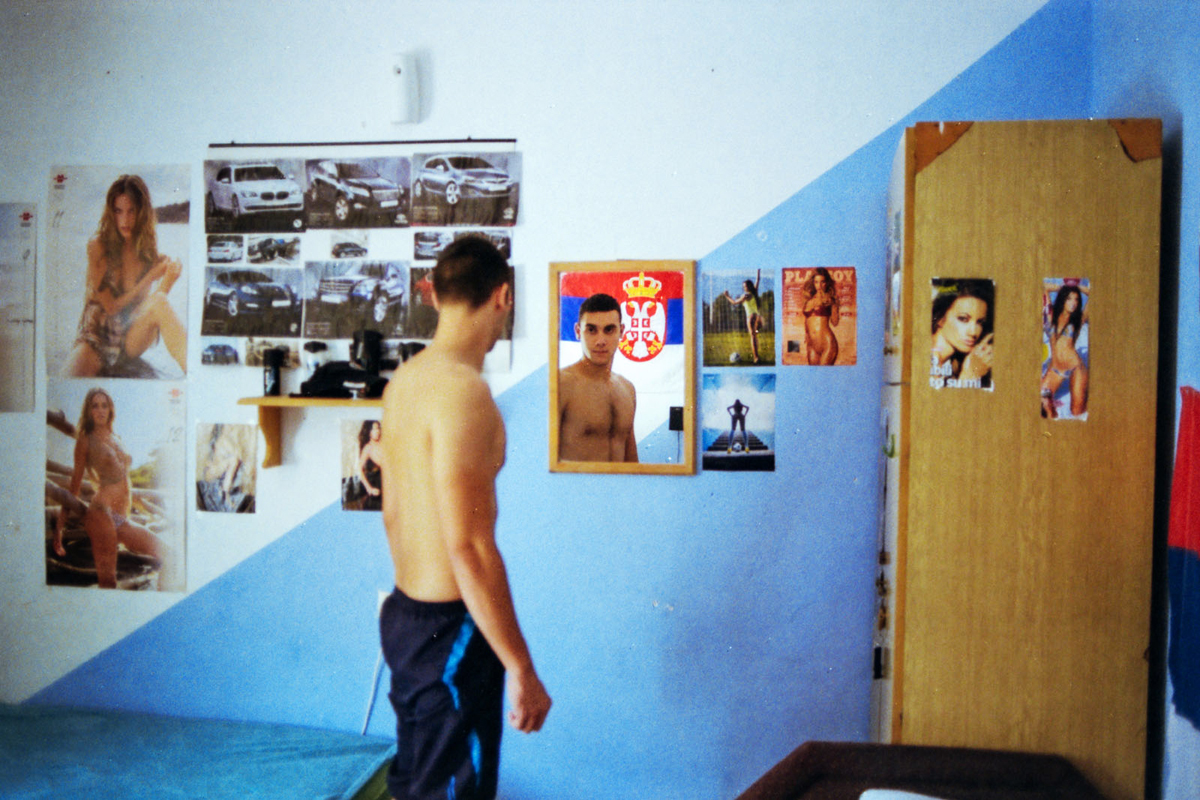
After the photographers had spent weeks sleeping inside the facility, hundreds of the inmates soon trusted the pair enough to sign off on having their faces published.

Djordjevic describes photographing inside the facility as “one of the most precious experiences” he’s had. “[The inmates’] problems are serious, the things they think about and the future they hope for,... but everything felt very truthful.”
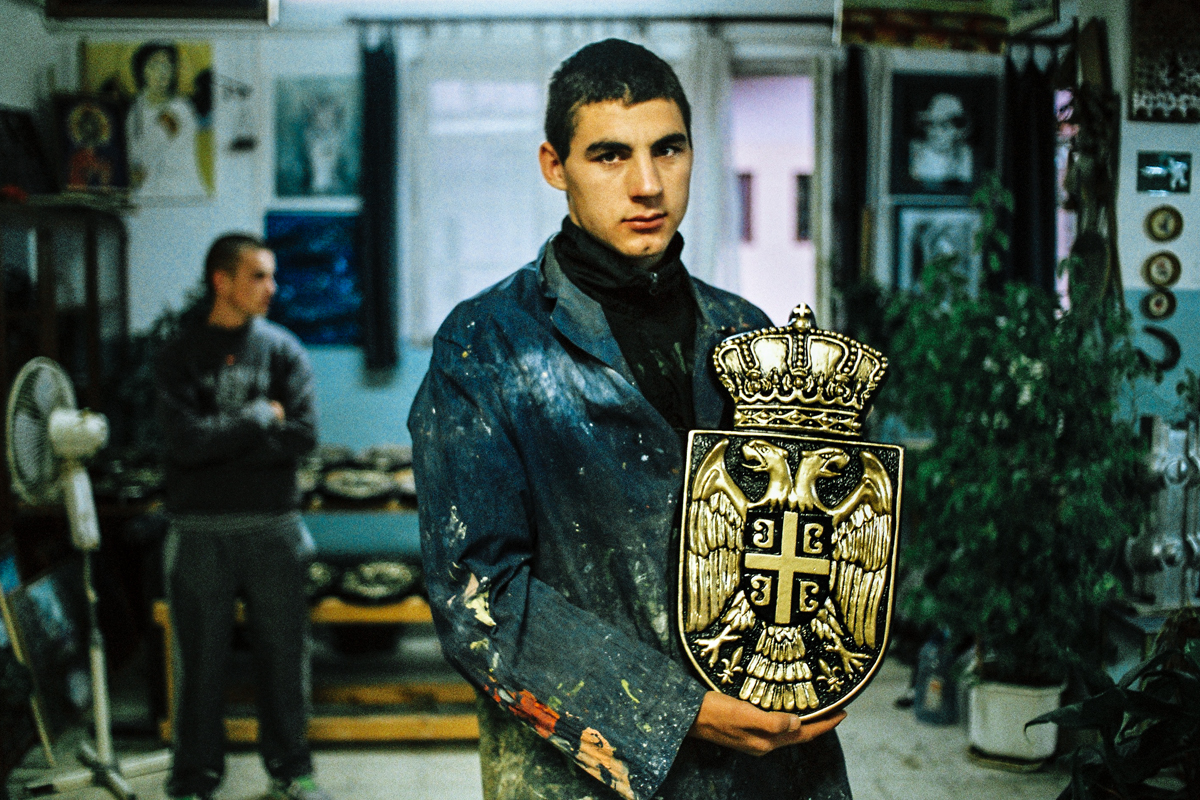
An inmate with the Serbian coat of arms he made during art class.
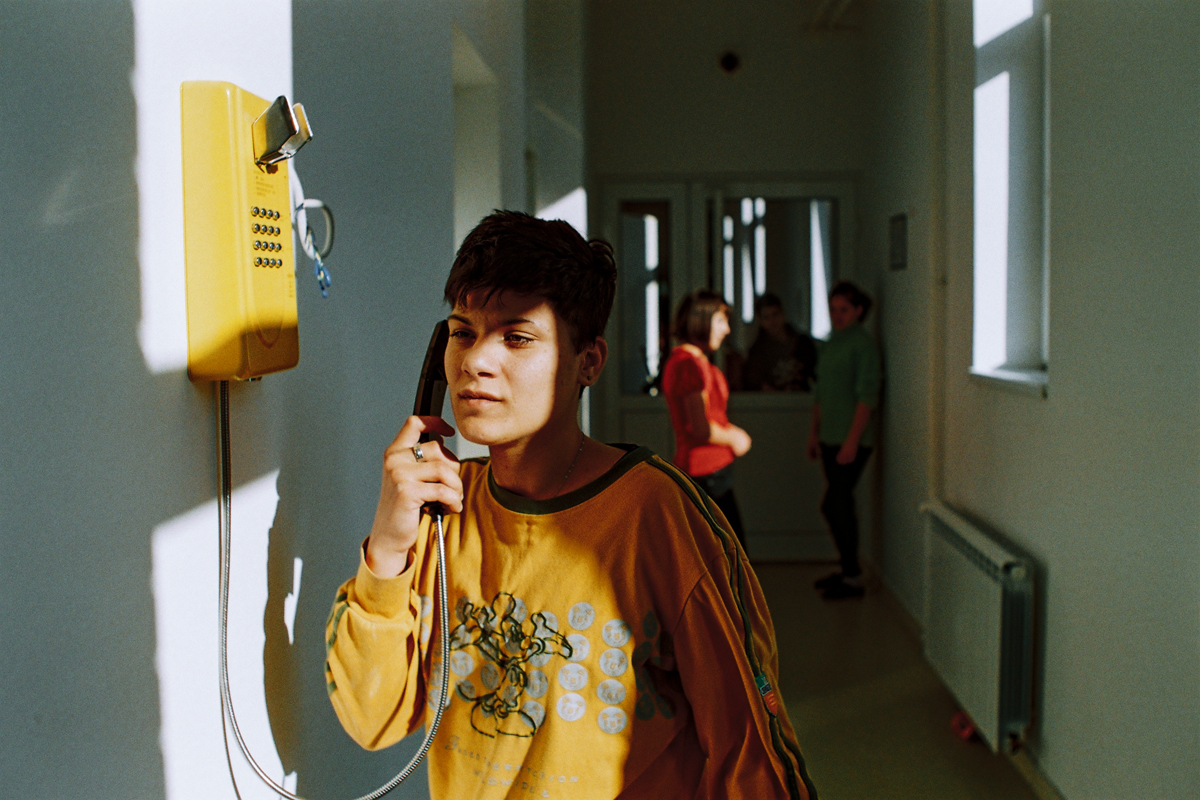
An inmate speaks to a loved one by telephone from inside the facility. Djordjevic says the most vivid memory of living with the young offenders was watching as a mother visited her son who had drunkenly flipped a car, killing his cousin.
“The image of the mother’s hands, gently and carefully holding her only son’s hand, eyes full of tears and worry and yet still happy to see him is the image I cannot and do not want to forget.”
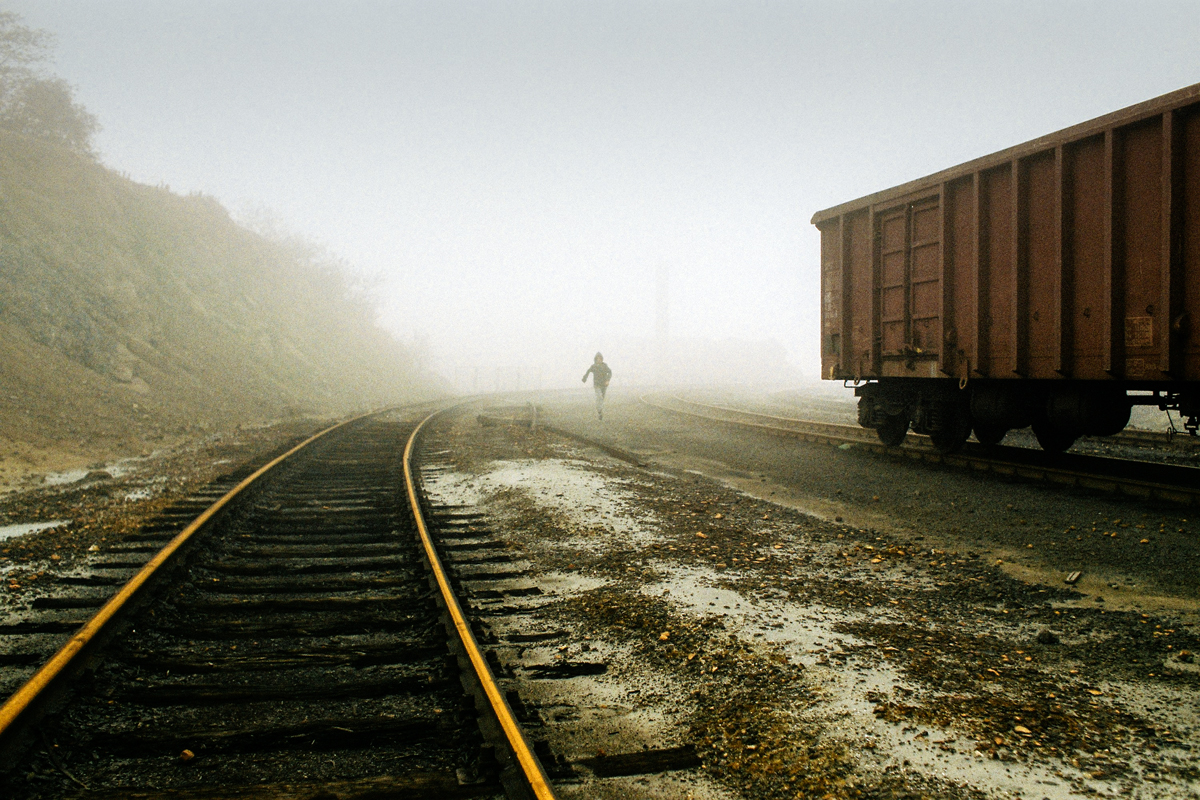
A youngster runs for a departing industrial train in Bor. The aesthetic of Djordjevic’s unique childhood is clear to see in the films and commercials the now-professional photographer and filmmaker has produced.
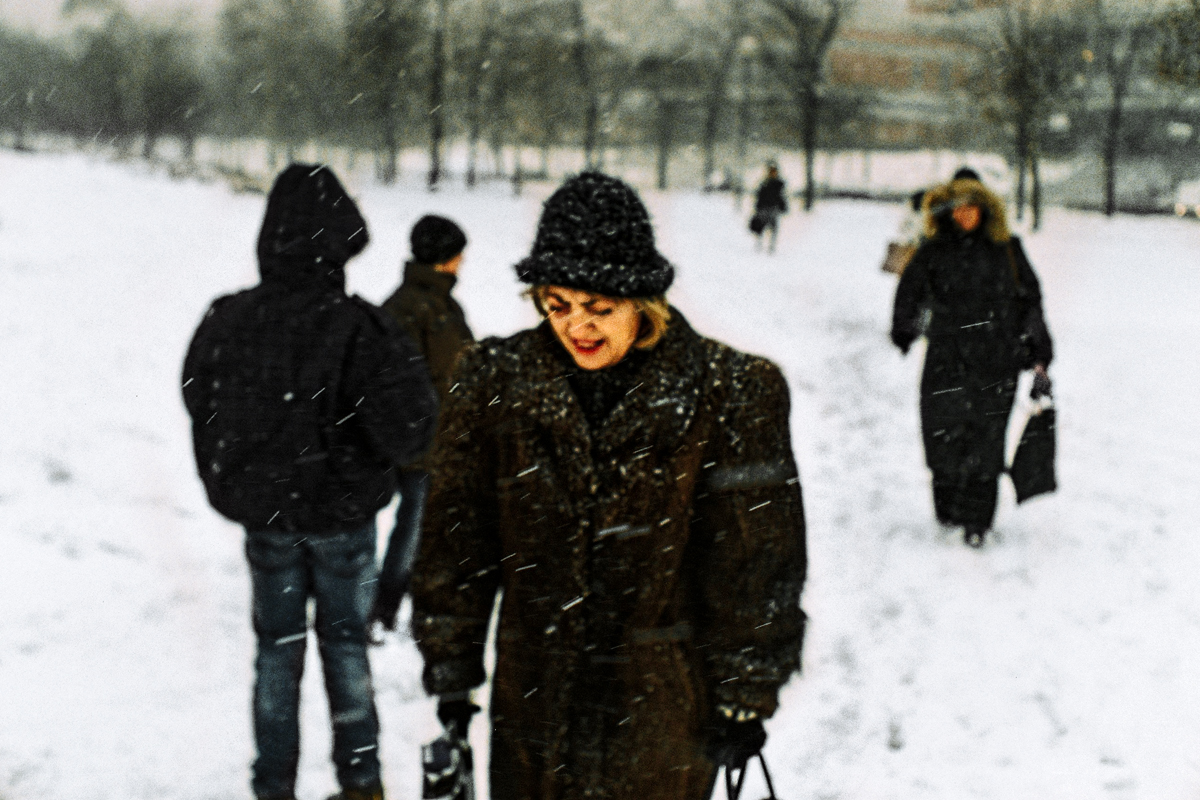
Snowfall in Bor. After moving away to Belgrade in his early 20s, Djordjevic says he is returning less and less often to visit his old crew of friends.
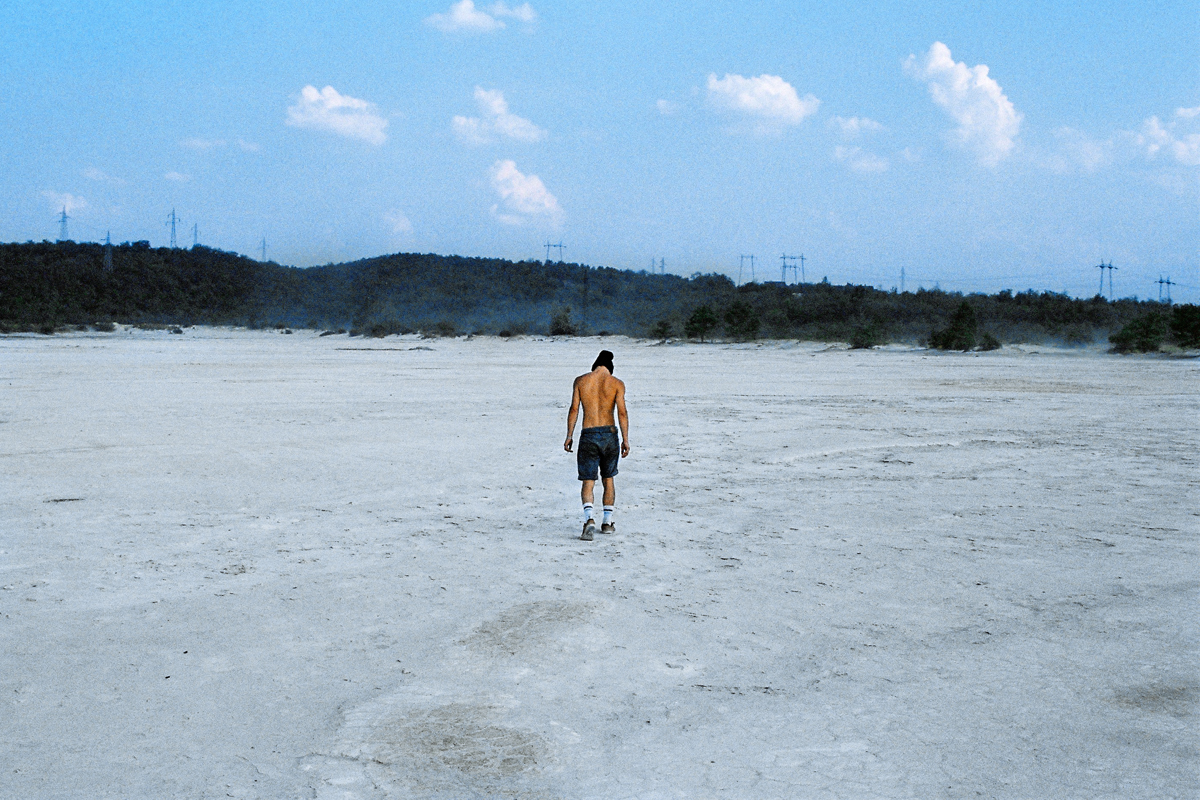
“Now, everything is different. Everyone’s got jobs, some of them have kids, and no one skates anymore. It makes me really sad to see our skate plaza, for which we fought for years to build, empty and abandoned. Life is like that: At one moment you think the world is yours and you think everything lasts forever, and then all of a sudden nothing is the same anymore.”
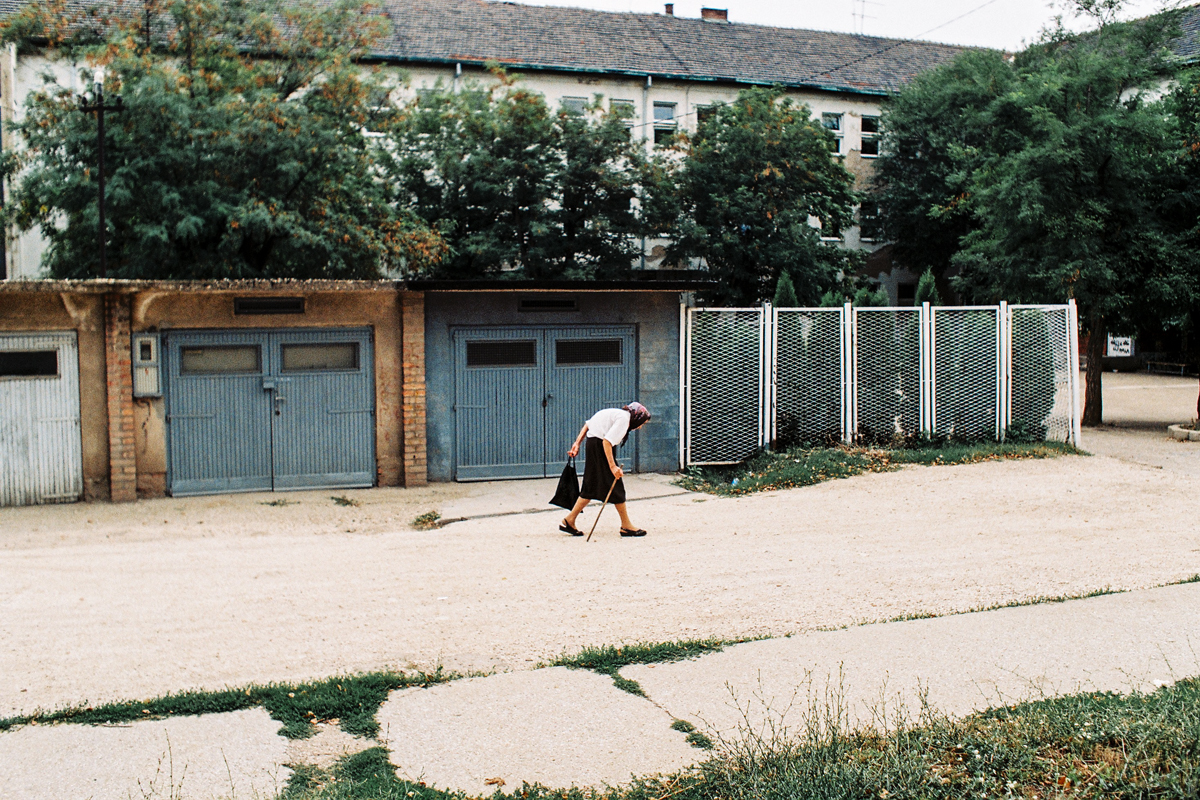
Street scene in Bor. Djordjevic says he is currently taking a break from photography after opening his first exhibition in March.
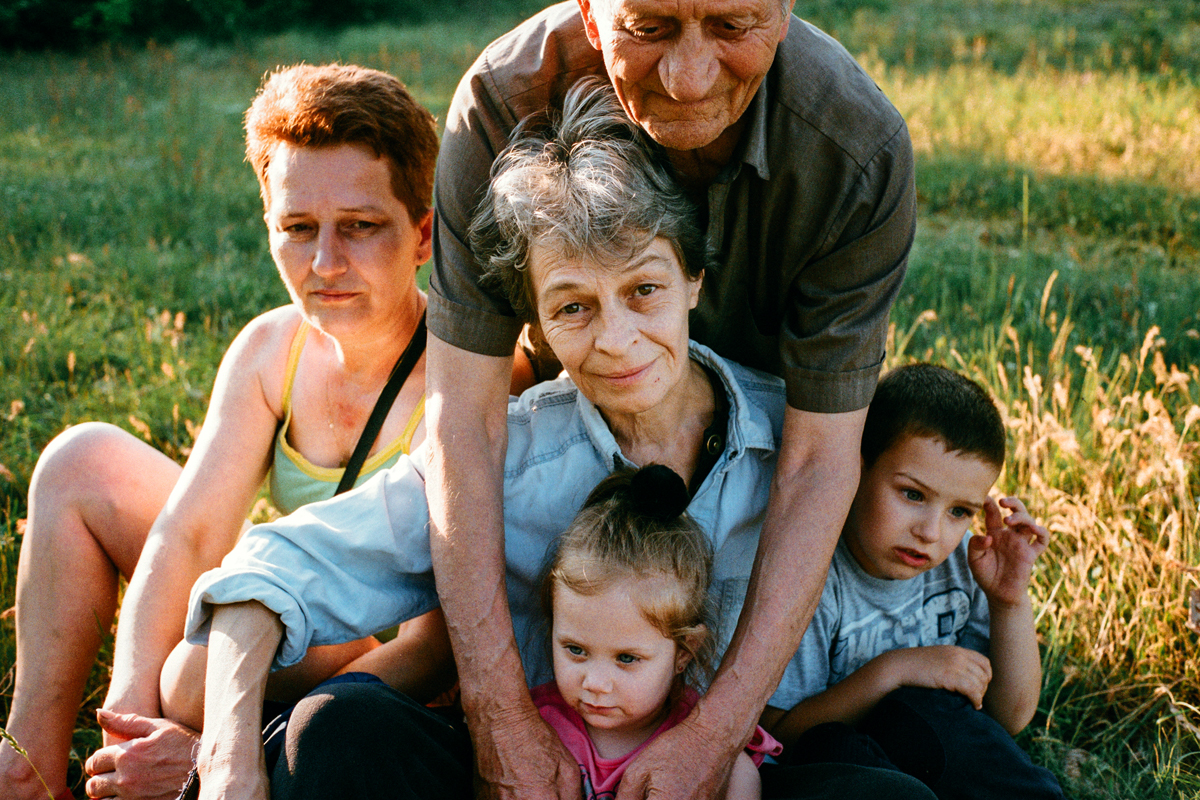
He is planning a photographic project on his mother’s battle with cancer.